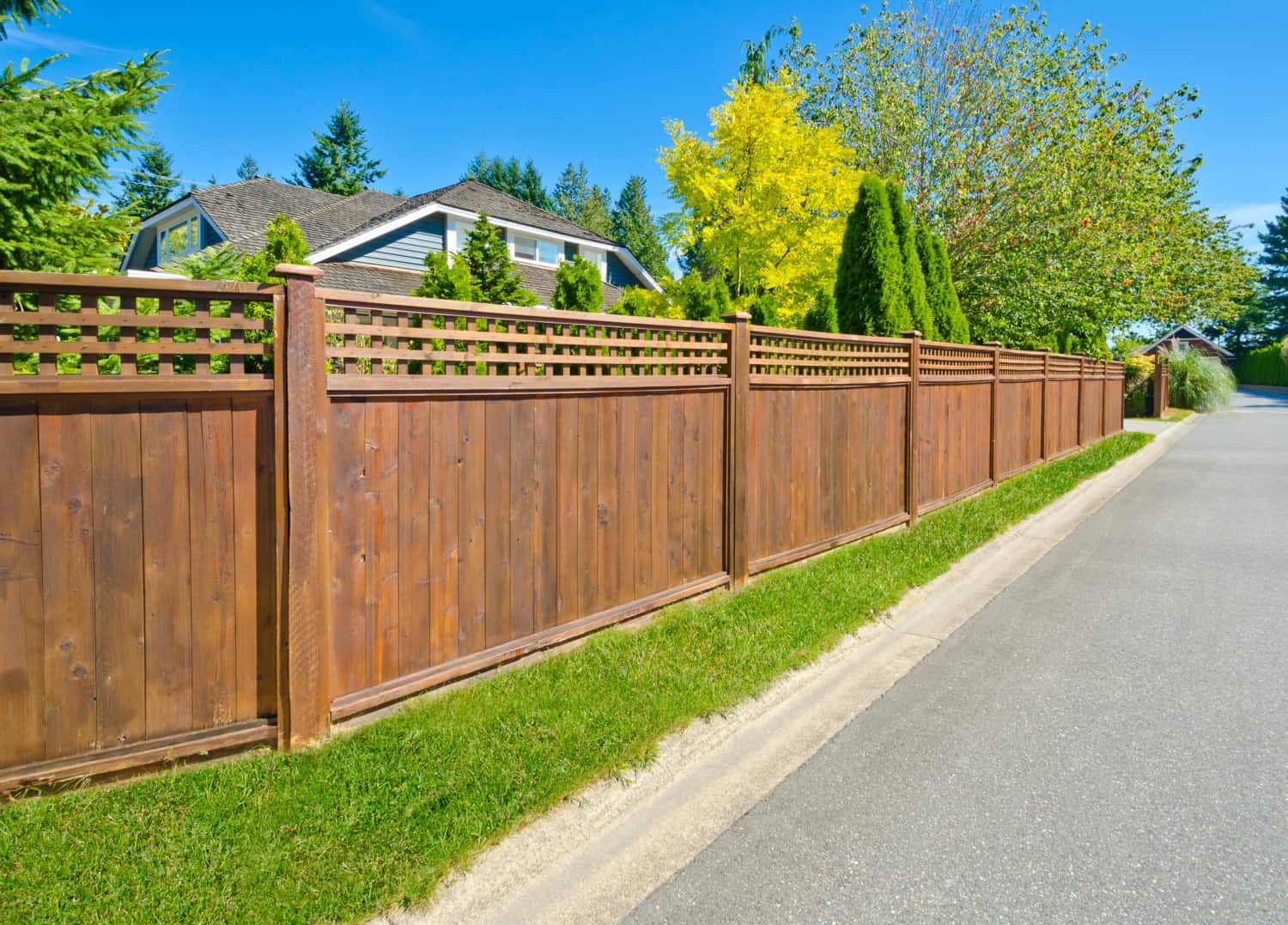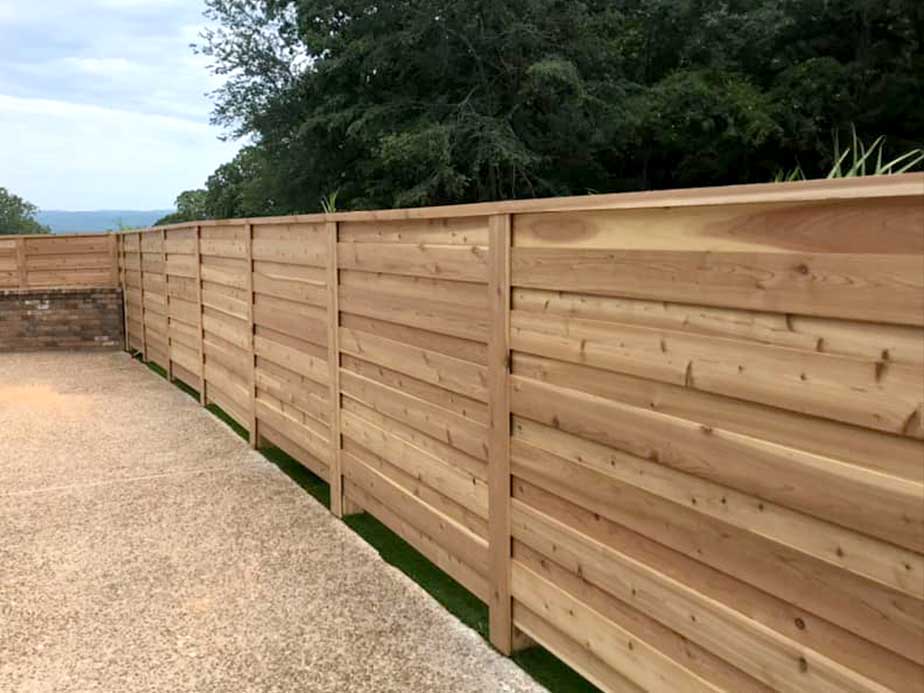All Categories
Featured

When your home is in a location susceptible to extreme climate conditions, choosing the appropriate fence is not simply regarding looks but additionally resilience and safety. Fences need to stand up to everything from torrential rains and rough winds to freezing temperatures and extreme warm. Below, we check out the most effective fencing products and layouts for buildings managing tough climates.
Finest Fence for Windy Locations.
- Chain-Link Fences. Chain-link fencings are a top selection for windy regions due to their open structure, which allows wind to travel through freely, reducing stress undecided. Their strong steel structure gives resilience, and very little upkeep is required.
- Shadowbox Fences. A shadowbox layout, made of wood or composite materials, uses personal privacy while fitting air movement. The alternating slats decrease wind resistance, stopping damages during tornados.
- Light weight aluminum Fences. Aluminum secure fencing is lightweight and highly long lasting, making it suitable for high-wind locations. The material resists rust and deterioration, guaranteeing longevity in damp or damp problems that usually go along with solid winds.
Best Secure Fencing for Damp and Humid Climates.
- Plastic Fencings. Vinyl is resistant and non-porous to water mildew, damages, and mold, making it an exceptional choice for homes in damp or rainy environments. Furthermore, plastic fences preserve their shade and shape with little upkeep.
- Composite Fences. Composite materials, made from a blend of timber fibers and plastic, are extremely resistant to dampness and won't warp, rot, or attract insects. They simulate the all-natural appeal of wood without its susceptabilities.
- Stainless Steel Fences. Stainless steel fences, especially those with a galvanized or powder-coated surface, offer excellent resistance to corrosion and corrosion in damp climates.
Best Fence for Snowy and Freezing Locations.
- Concrete or Rock Fencings. Concrete and rock fencings are extremely sturdy and can endure heavy snow tons and freezing temperatures without breaking or weakening. These fencings are resilient and low-maintenance.
- Vinyl Fences. Vinyl continues to be a favored in cool climates due to its versatility and resistance to splitting throughout freeze-thaw cycles. Snow and ice can conveniently be gotten rid of from its surface.
- Wrought Iron Fences. Wrought iron fences provide unmatched strength, even in severe winters months. A safety finish prevents corrosion, making sure that the fence keeps its architectural honesty.

Ideal Fencing for Hot and Arid Climates.
- Light weight aluminum Fences. Aluminum takes on extreme warmth without fading, warping, or breaking. Its reflective surface area aids keep it awesome, and a powder-coated finish gives added security from the sun.
- Vinyl Fences. Vinyl fence is UV-resistant, implying it will not deteriorate under long term sunlight exposure. It's a durable option for homes in desert-like climates.
- Bamboo Fences. Bamboo is environmentally friendly and normally heat-resistant. It executes well in hot environments and gives a distinct, all-natural look. With proper therapy, bamboo fence can last for many years.
Variables That Impact Fence Durability in Extreme Weather. Foundation Security: Deeply secured messages with concrete bases aid maintain security throughout high winds, hefty snow, or changing ground as a result of severe warmth or cold. Weatherproof Coatings: Sealers, paints, or galvanization can shield timber, metal, and composite fences from damages brought on by wetness, UV rays, and corrosion. Product High Quality: Top-quality products like costs vinyl, treated wood, and stainless steel offer far better resistance to extreme problems. Expert Setup: Appropriate installment ensures your fencing can stand up to environmental obstacles and preserve its structural integrity gradually. Conclusion. Purchasing the appropriate secure fencing material and layout for your local climate condition is necessary for ensuring safety and security, resilience, and aesthetic appeals. Options like plastic, aluminum, composite, and stone fence deal remarkable strength in extreme climates, from hurricane-prone coastal areas to snow-laden hill regions. By dealing with skilled service providers and thinking about safety improvements, you can protect your building with a fencing that stands the test of time and climate.
Latest Posts
Find Out Reduce Expenses on Car Maintenance with Montclare Auto Repair’s Limited-Time Deals
Published en
1 min read
Check Out Cost-Effective Auto Repairs with Montclare’s Exclusive Service Specials
Published en
1 min read
Discover Strathmere’s Seaside Haven: Relax, Savor, and Stay at Deauville Inn
Published en
2 min read
More
Latest Posts
Find Out Reduce Expenses on Car Maintenance with Montclare Auto Repair’s Limited-Time Deals
Published May 27, 25
1 min read
Check Out Cost-Effective Auto Repairs with Montclare’s Exclusive Service Specials
Published May 24, 25
1 min read
Discover Strathmere’s Seaside Haven: Relax, Savor, and Stay at Deauville Inn
Published May 21, 25
2 min read